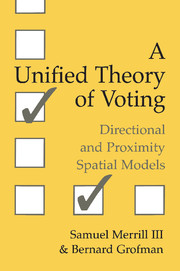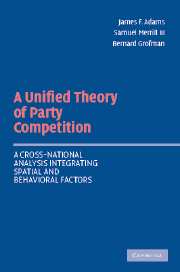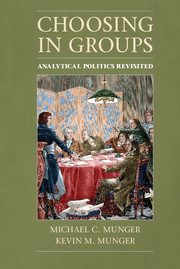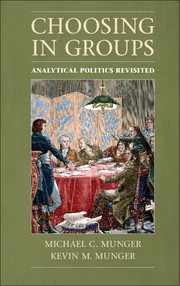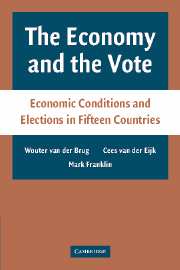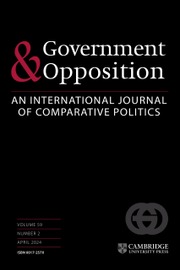A Unified Theory of Voting
Professors Merrill and Grofman develop a unified model that incorporates voter motivations and assesses its empirical predictions--for both voter choice and candidate strategy--in the United States, Norway, and France. The analyses show that a combination of proximity, direction, discounting, and party ID are compatible with the mildly but not extremely divergent policies that are characteristic of many two-party and multiparty electorates. All of these motivations are necessary to understand the linkage between candidate issue positions and voter preferences.
- Successfully blends empirical and theoretical analysis
Reviews & endorsements
'… the most significant contribution of this book is that it successfully derives explanations for macroscopic phenomenon, such as the nature of party system and government alternations, based on the proximity, directional and mixed models of micro-level voting behaviour.' Japanese Journal of Political Science
Product details
September 1999Paperback
9780521665490
230 pages
228 × 152 × 17 mm
0.32kg
33 b/w illus. 40 tables
Available
Table of Contents
- 1. Introduction
- Part I. Models of Voter Behavior:
- 2. Alternative models of issue voting
- 3. A unified model of issue voting: proximity, direction, and intensity
- 4. Comparing the empirical fit of the directional and proximity models for voter utility functions
- 5. Empirical model fitting using the unified model: voter utility
- 6. Empirical fitting of probabilistic models of voter choice in two-party electorates
- 7. Empirical fitting of probabilistic models of voter choice in multiparty electorates
- Part II. Models of Party or Candidate Behavior and Strategy:
- 8. Equilibrium strategies for two-candidate directional spatial models
- 9. Long-term dynamics of voter choice and party strategy
- 10. Strategy and equilibrium in multicandidate elections
- 11. Strategy under alternative multicandidate voting procedures.

